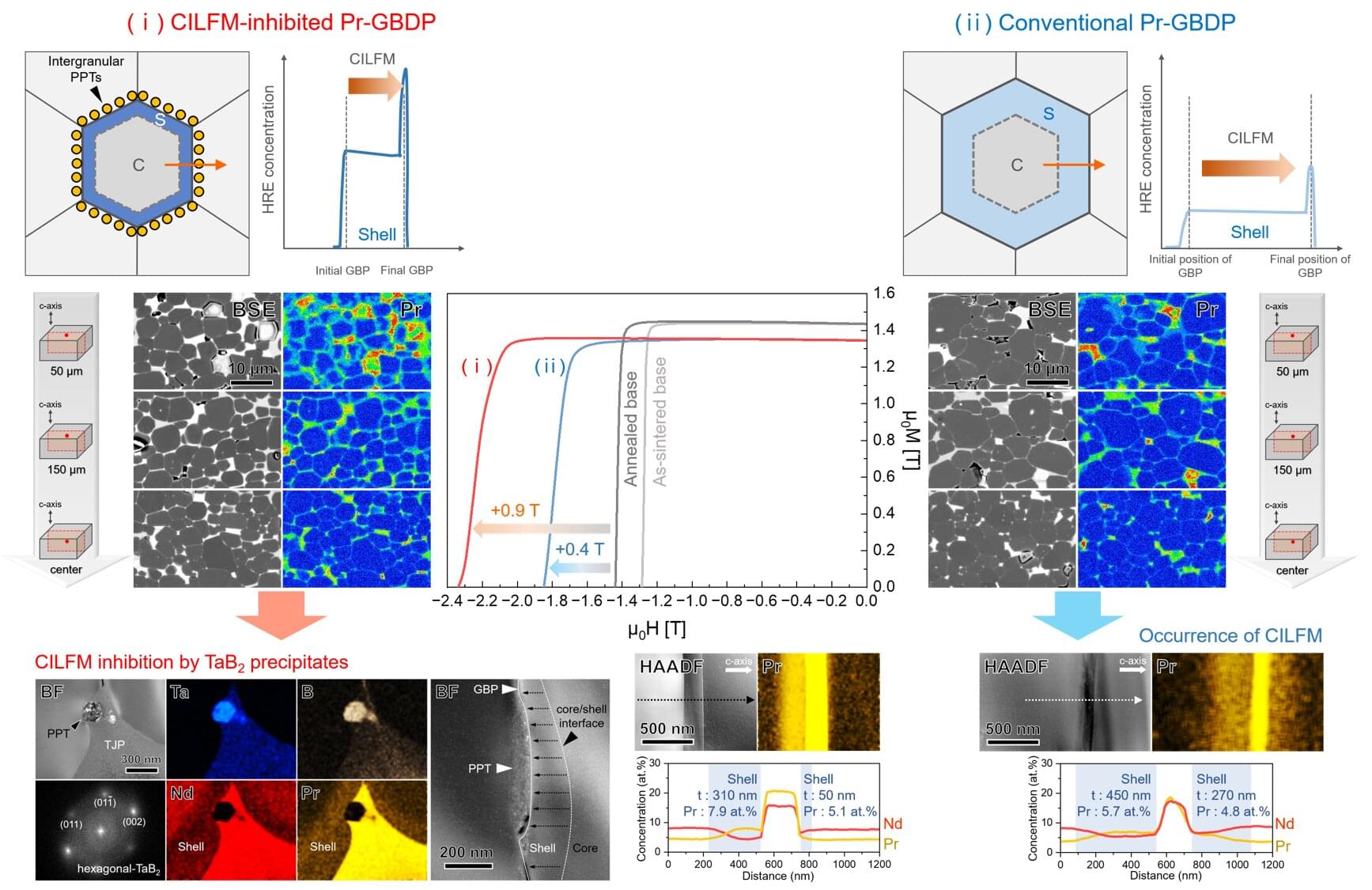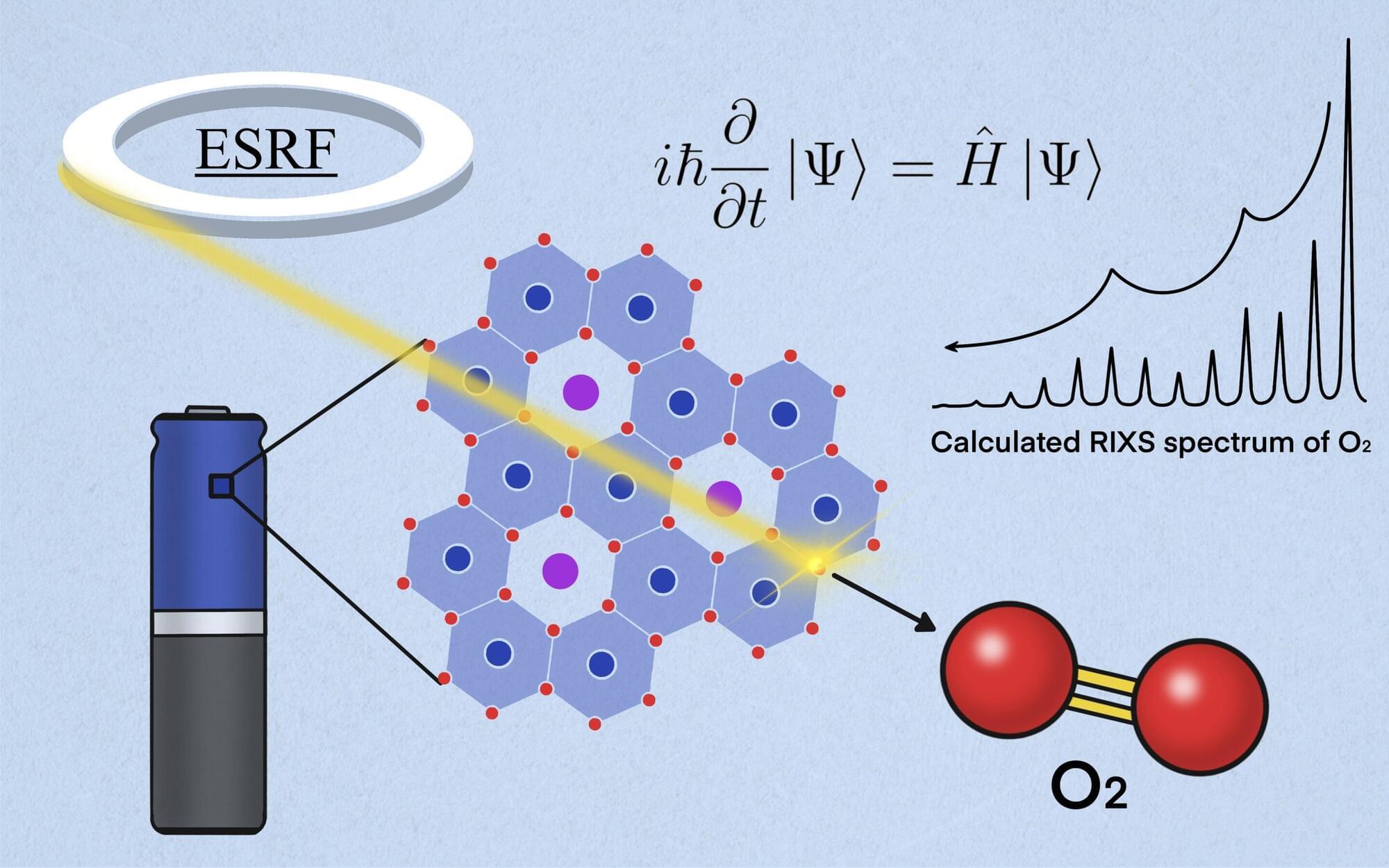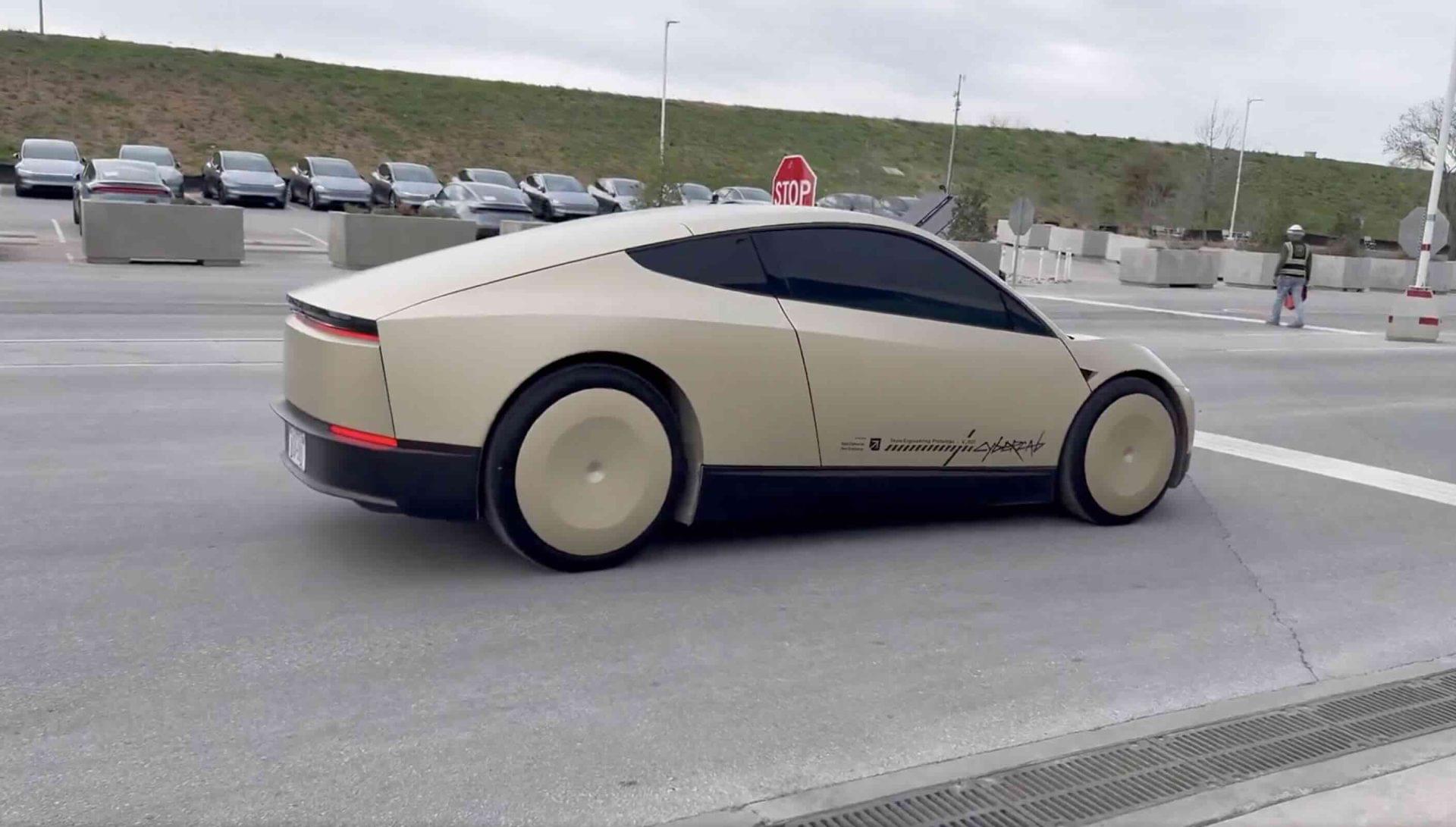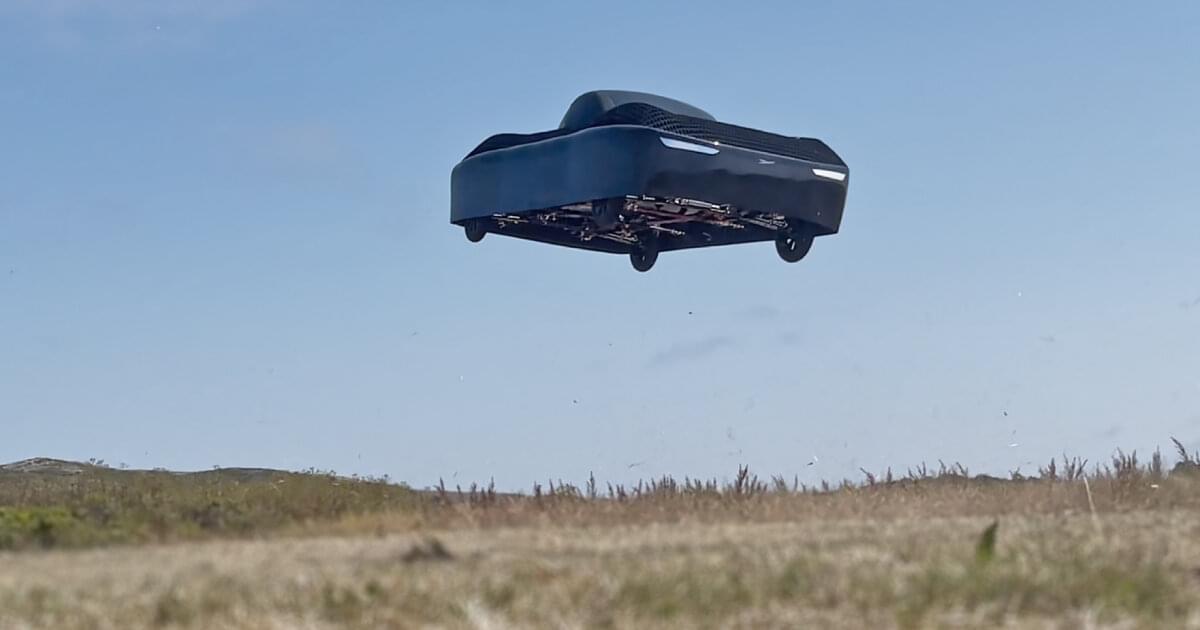In a megascience-scale collaboration with French researchers from College de France and the University of Montpellier, Skoltech scientists have shown a much-publicized problem with next-generation lithium-ion batteries to have been induced by the very experiments that sought to investigate it. Published in Nature Materials, the team’s findings suggest that the issue of lithium-rich cathode material deterioration should be approached from a different angle, giving hope for more efficient lithium-ion batteries that would store some 30% more energy.
Efficient energy storage is critical for the transition to a low-carbon economy, whether in grid-scale applications, electric vehicles, or portable devices. Lithium-ion batteries remain the best-developed electrochemical storage technology and promise further improvements. In particular, next-generation batteries with so-called lithium-rich cathodes could store about one-third more energy than their state-of-the-art counterparts with cathodes made of lithium nickel manganese cobalt oxide, or NMC.
A key challenge hindering the commercialization of lithium-rich batteries is voltage fade and capacity drop. As the battery is repeatedly charged and discharged in the course of normal use, its cathode material undergoes degradation of unclear nature, causing gradual voltage and capacity loss. The problem is known to be associated with the reduction and oxidation of the oxygen atoms in NMC, but the precise nature of this redox process is not understood. This theoretical gap undermines the attempts to overcome voltage fade and bring next-generation batteries to the market.







